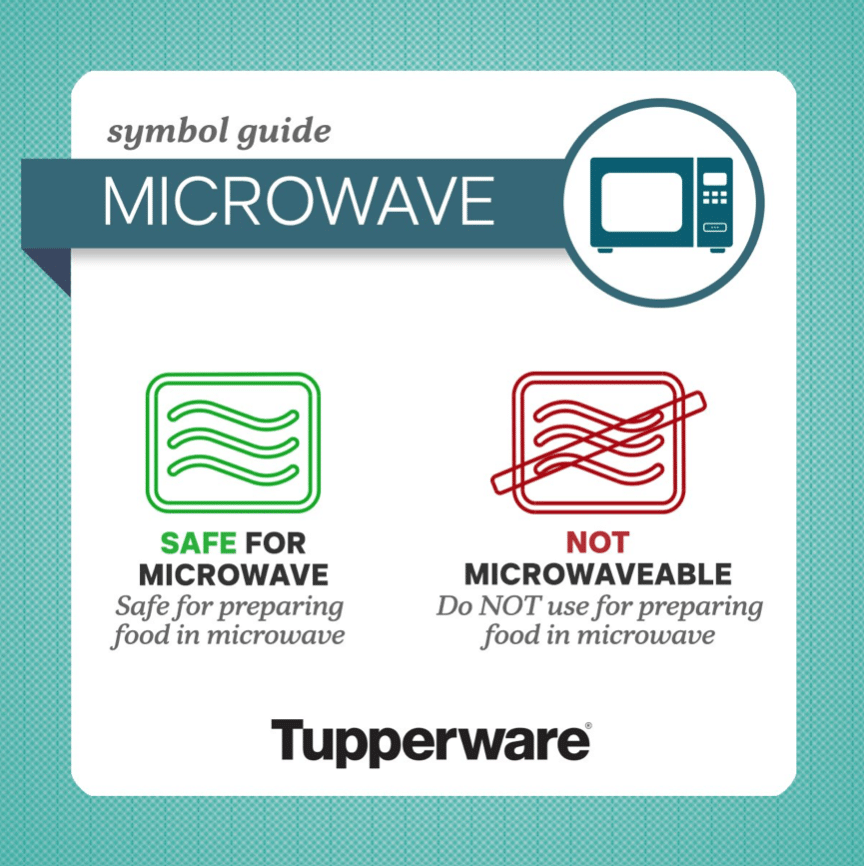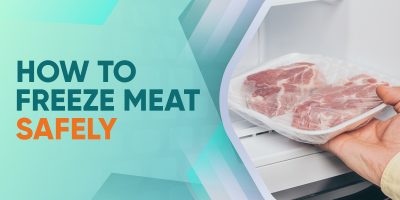Tupperware has long been synonymous with the joys of having a microwave heated homecooked meal ready without hassle. With more people joining the workforce, it can mean a house of busy people working from 9 to 5.
Buying out may be the easy option but it is a known fact that home-prepared food is far more superior when it comes to cost, health and personal preferences. Be it gluten-free, paleo, vegan or even allergy-safe, you can guarantee that the quality is up to your high standards. Thus, the microwave oven is the post-modern home lifesaver. It ensures that the best of foods can be ready to eat with just the click of a button.
However, with the discovery of the dangers of toxins leaching into our food, you probably wonder if you are sacrificing your health for convenience. If you are using microwaveable Tupperware products to reheat your food, you can rest assured that they have been designed specifically for safe microwave use so you can stay healthy even when on the go. Read on to understand why microwaveable Tupperware is safe for microwaves and some food containers are not!
Table of contents
Estimated reading time: 6 minutes
Why Shouldn’t All Containers be Used in a Microwave Oven?
There are two main concerns when it comes to using a plastic product in a microwave oven are:

- Melting of plastic due to heat damage.
- Leaching of harmful chemicals into food.
To understand how a microwave oven can affect your products, we need to understand how microwave heating works.
Unlike a conventional oven, microwave heating does not use direct heat to cook food. Instead, it uses electromagnetic waves to stimulate food molecules. This causes food molecules to vibrate and clash with one another, producing heat through friction. If you’ve seen a car skidding down a race track and producing so much heat that the tyres smoke, that is friction doing the work.
To stimulate the molecules efficiently, these waves would move at same frequency as the molecules of the heated materials. Electromagnetic waves in an oven oscillate at a frequency of 2.45GHz which is the same frequency as water.
Thus, a microwave oven is heating the water content (and to lesser extent fats and sugars) in the food, which then causes the rest of the food to heat up too.
Read More: Reheating Food in Microwave Friendly Tupperware Containers

Will My Tupperware Melt in a Microwave Oven?
From this standpoint, we can see that since microwave heats food from the inside out, there is already less chance of plastic melting inside. A conventional oven needs to heat the plastic container first, exposing it to a long period of excessive heating.
In a microwave oven, the electromagnetic waves can go straight through the containers and other food molecules to get to the water, sugar and fat. This is also why microwave ovens work so fast, it doesn’t need to heat things slowly from the outside.
However, not all plastics are equal. Some plastic will indeed during microwave heating because they are still vulnerable to the waves at this frequency. You may not realise it but some engineers in a lab had worked hard on designing safe microwaveable plastic.
Microwaveable Tupperware containers are made from plastics which are tested to be less affected by microwave heating so the oven can heat the food, not the plastic, when used according to their instructions. So, you don’t ever have to worry about melting your Tupperware in a microwave oven.
Is My Tupperware Container Microwaveable?
If you’ve been paying attention, we are only talking about microwaveable plastic. So, of course, it begs the question, how do you know if your Tupperware container is microwaveable? What about non-plastic microwaveable containers?

All of the microwaveable Tupperware products are marked with the microwave-safe logo, which has a dish at the bottom and electromagnetic waves flowing above the dish.
This logo guarantees that the product has been designed for and rigorously tested to be safe for use in microwave ovens when used according to instructions. Always check whether your containers have this logo before using them inside a microwave oven.
However, keep in mind that microwave ovens are not the same as conventional ovens. Never use plastic products in a conventional oven.
Am I Eating Harmful Chemicals from My Microwaved Tupperware Containers?
Plastic can be a highly unstable material and can break down under strong heat or light. If you leave a plastic household item under the sun for months, you can expect the plastic to slowly deteriorate. This deterioration is often what leads to plastic leaching its harmful chemicals like BPA and dioxins.
What is BPA?
However, plastic is a simple term that simply means it uses polymers (materials consisting of large molecules) as its main ingredient. Pure plastic has low toxicity but manufacturers would add various additives to plastic to increase its strength, improve elasticity or other quality. And some of these additives are toxic to human health.
For example, Bisphenol-A (BPA) may lead to increased blood pressure, affect the brains and prostate glands of foetuses, infants and children and even affect children’s behaviour.
What is Dioxin?
On the other hand, the deterioration of plastic can also lead to harmful by-products. Dioxin is a by-product of plastic, usually during combustion. Dioxin has been linked to hormonal problems, infertility, cancer and possibly diabetes.
And if dioxins worry you, microwaveable plastics do not contain materials that form dioxins. In fact, for dioxins to form, you need a temperature greater than 700 degrees Fahrenheit (371 degrees Celcius) which is far higher than what you will need to reheat your food.
Are all Tupperware BPA-Free?
As a promoter of healthy eating, Tupperware ensures that their microwaveable products do not leach these harmful chemicals during the microwaving process. Regulatory agencies carefully regulate the production of microwaveable plastic and only allows plastics designed safe for food use.
As of March 2010, Tupperware US and CA only sell items that are BPA-free.
Tupperware.com
Conclusion
If you are using non-plastic microwaveable Tupperware products, you don’t even have to worry! The toxins we’ve discussed are only available in some plastic products.
So, keep cooking those scrumptious meals and store them safely in your freezer for a busy day. Your health would thank you for it.
Always remember to consume leftovers within four days, tops! If you’re planning to keep it for a longer period, perhaps you could consider freezing it. On another note, can you reheat food twice in a microwave? No, it’s not advisable, especially in a short span of time. Keeping the reheating to a minimum will help retain the taste and texture.

Read More:




